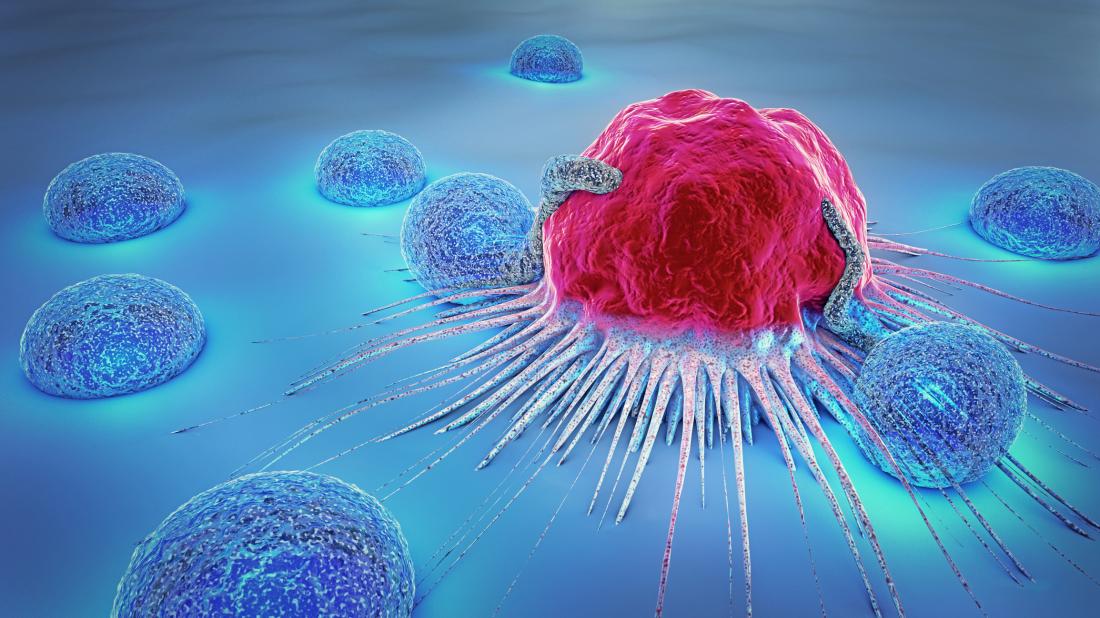A new study published on eLife shows when T cells in the immune system find and identify targets, they release chemicals to attract more T cells, and then gather to help suppress the threat.
The discovery of this colony behavior, and the chemical attractants used by immune cells to direct colonies to tumors, could one day help scientists develop new cancer treatments that strengthen the immune system. This is especially important for solid tumors. So far, solid tumors have been less responsive to current immunotherapy than hematological cancers.
“Scientists used to think that T cells that kill cancer identify tumors by randomly searching for or following chemical traces produced by other intermediate immune cells,” said lead author Jorge Luis Galeano Niño. “We want to investigate this further to see if it is correct, or whether T cells locate the tumor through another mechanism.”
The research team used a 3-D tumor model grown in laboratory and mouse models to show that cancer-killing T cells can reside in tumor cells independently of intermediate immune cells. When T cells find and recognize tumors, they release chemical signals, which then attract more T cells to sense signals through a receptor called CCR5, causing a colony response. “These cells coordinate their migration, reminiscent of bee colonies observed in some insects and another immune cell colony called neutrophils, which help the body respond to injuries and pathogens.” Galeano Niño said.
After confirming the results using a computer model, the team genetically engineered human cells, called chimeric antigen receptor (CAR)-T cells, and demonstrated that they also flocked to 3-D glioblastoma tumors grown in the laboratory. CAR-T cells are currently being used to treat certain types of blood cancer. But the new findings suggest that it is also possible to train these cells to attack solid tumors.
Although this is basic research, it is possible to use the colony mechanism to target CAR-T cells to solid tumors in the future. This may lead to enhanced immunotherapy to more effectively infiltrate and destroy these types of tumors. It is also important to determine whether the population mechanism is beneficial to alleviating the overheated T cell response under autoimmune conditions or associated with viral infection after transplantation.

